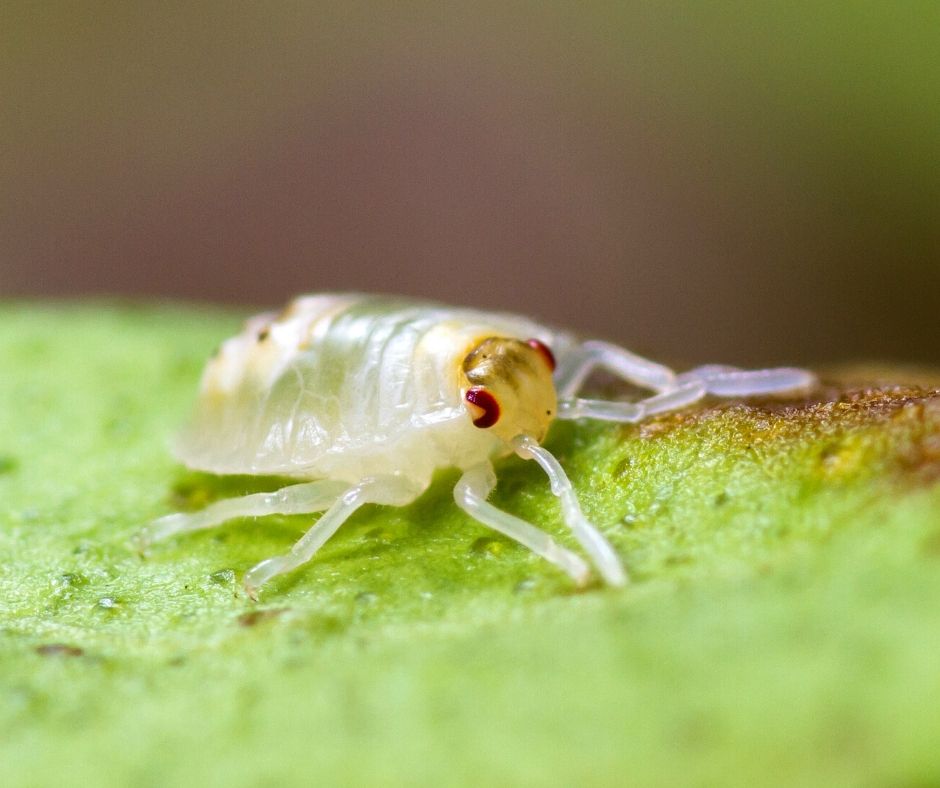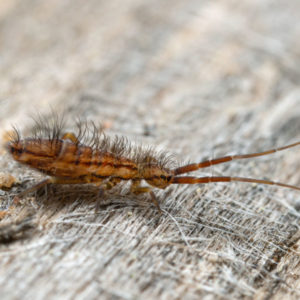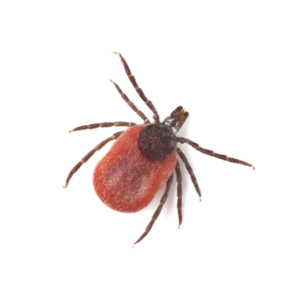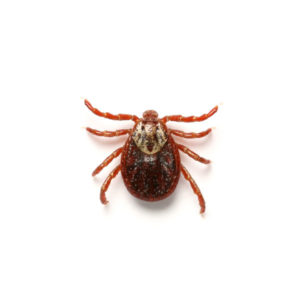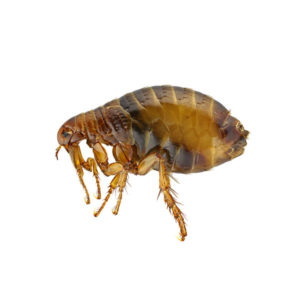Spider Mite Identification
What Do Spider Mites Look Like?
Spider mites are tiny pests, often less than 1/20th of an inch in size. They can be red, green, yellow, or brown and usually appear as moving dots to the naked eye. Under magnification, spider mites have oval-shaped bodies and eight legs, characteristic of their classification as arachnids.
Signs of a Spider Mite Infestation
They are notorious for infesting and damaging plants, often leaving behind fine webs and yellow or brown spots on leaves, which are signs of their presence. Regular inspection of plants, especially the undersides of leaves, is crucial for early detection and control of spider mites. Call for licensed fleas and ticks exterminator today!
Habitat, Diet, Life Cycle & Bites
Where Do Spider Mites Live?
Spider mites can be found in various outdoor and indoor environments where plants grow. They thrive in warm and dry conditions, making gardens, greenhouses, and indoor potted plants ideal habitats. Common hosts include ornamental plants, vegetables, and fruits. Spider mites tend to congregate on the undersides of leaves, where they feed on plant sap. Their adaptable nature allows them to persist in agricultural fields, landscapes, and residential gardens across North Carolina.
Diet of a Spider Mite
Spider mites primarily feed on plant sap, puncturing the cells with their specialized mouthparts. They extract nutrients from a wide range of host plants, including ornamentals, vegetables, and fruits. This feeding activity can cause damage to the plants, leading to symptoms such as stippling, discoloration, and reduced vigor. Spider mites may also consume pollen and fungal spores opportunistically. Their diet is largely dependent on the availability of host plants in their environment.
Life Cycle of a Spider Mite
The life cycle of a spider mite in North Carolina consists of four main stages: egg, larva, nymph, and adult. Eggs are laid on plant surfaces and hatch into larvae, which molt into nymphs. Nymphs pass through several developmental stages before reaching adulthood. The entire life cycle can be completed in as little as one to two weeks under favorable conditions, allowing for rapid population growth and potential infestation of host plants.
Do Spider Mites Bite?
Spider mites, despite their name, are not spiders and do not bite humans. They are tiny arachnids that feed on plant juices by piercing plant cells with their mouthparts. While they can cause damage to plants by feeding on them, they typically do not pose a direct threat to humans or animals. However, their bites might cause minor skin irritation in some individuals who handle infested plants – contact our licensed exterminators today for help!
Are Spider Mites Dangerous?
Spider mites can be dangerous to plants as they feed on their juices, causing discoloration, wilting, and sometimes death if infestations are severe. They reproduce rapidly and can quickly overwhelm plants, especially in warm and dry conditions. However, they are not considered dangerous to humans directly. While their presence may affect agricultural productivity and plant health, they do not pose a significant threat to human health or safety.
How to Get Rid of Spider Mites
To eliminate spider mites, use a strong jet of water to wash them off plants. Introduce natural predators like ladybugs or predatory mites. Apply horticultural oils or insecticidal soaps to suffocate and kill them. Prune affected plant parts and dispose of them properly.
For healthy plants and to prevent fleas and ticks from coming back – enlist the help of our expert flea and tick exterminators.
Spider Mite Prevention Tips
Prevent spider mite infestations by regularly inspecting plants for early signs of damage. Increase humidity levels around plants to deter mites. Avoid over-fertilizing, as it can attract mites. Practice crop rotation in agricultural settings to disrupt their life cycle. Quarantine new plants before introducing them to your garden to prevent introducing mites.
See our other tips to help you to prevent fleas and ticks on your clothing
FAQs
What kills spider mites instantly?
Insecticidal soaps, neem oil, or horticultural oils effectively kill spider mites on contact by suffocating them. Additionally, using chemical acaricides like pyrethrins or abamectin can provide quick control of spider mite infestations.
Can spider mites infest a house?
Yes, spider mites can infest houses. They may enter homes on infested plants or through open windows and doors. Indoors, they can multiply rapidly, causing damage to houseplants and potentially spreading to other areas of the home.

